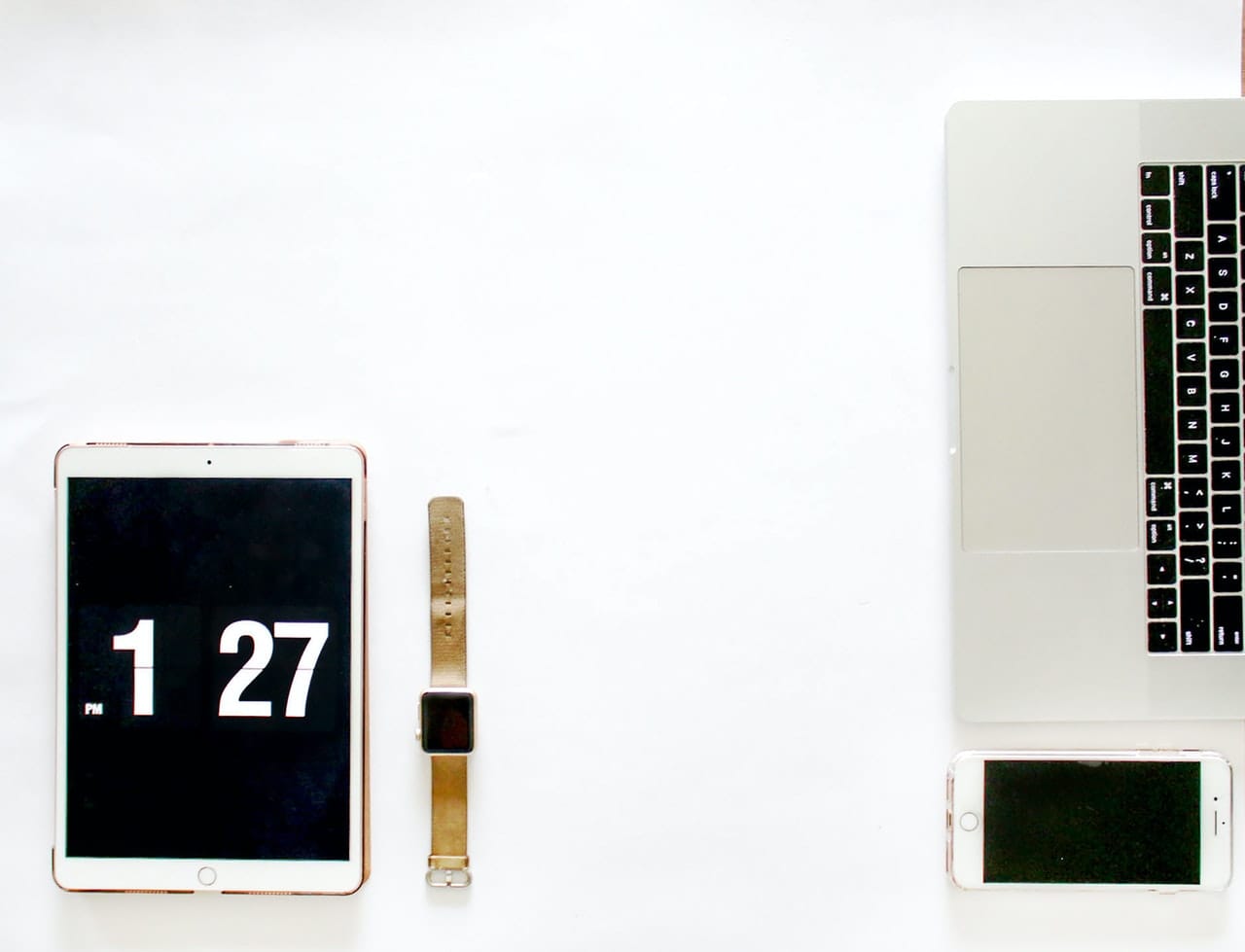While there are tons of options for hair loss treatment, most are quite expensive and don’t provide satisfactory results to ease your frustration. Hair transplants often leave unsightly scars and the value you’ll receive is less than what you pay for. Hair Clubs require a lifetime’s worth of maintenance which adds up to your costs significantly over time. Wigs are another option, but most people don’t feel confident wearing them because of the potential embarrassment of it falling off.
This leads us to hair micropigmentation. Hair micropigmentation is a non-invasive hair loss treatment that simulates hair stubble to create a thicker, fuller hairline. Basically, it’s a hair tattoo procedure that works for a wide spectrum of hair loss clients with pattern baldness, receding hairline, hair transplant scars, and other similar conditions. If you’re suffering from hair loss and you’re tired of ineffective treatment options, then hair micropigmentation is a viable solution.
Today we’ll be discussing everything about hair micropigmentation and how it can address your hair loss problem.
How hair micropigmentation works
A qualified practitioner will evaluate your condition and ask you about your desired results for the procedure. Once everything has been discussed appropriately, a custom procedure is performed to alleviate your hair loss. The practitioner chooses an ink that carefully matches your natural hair colour and implants the ink on the affected areas. This is done with skillful precision and treatment is normally completed after 2-3 sessions. Here is how the treatment is done:
- The initial session lays the foundation of your new look. The practitioner will map out your new hairline and fill in all the bald spots with a light shade. Most patients are anxious about having hair micropigmentation since it’s a tattoo procedure which is synonymous with pain. Thankfully, the procedure doesn’t hurt as much as you think. After the first 10 minutes, the initial discomfort will subside. Your hair may appear a bit red, but will return to normal within 24 hours after the first session.
- The second session is about filling your hairline with darker shades and adding more detail to create a realistic-looking head of hair. This is where you’ll see actual results and once completed, your new hair is tattooed to perfection. You can request to add other visual touches to enhance the look and provide you with the exact results you’re looking for.
- Occasionally, a third treatment session may be required upon the request of the client like adding a darker shade to their hairline. For most clients, two sessions are sufficient in helping them achieve a full head of hair.
Treatment options for hair micropigmentation
There are a number of treatment options available for hair micropigmentation that caters to clients with different needs. Here are some of the most popular choices:
- Widowed peak and soft hairline
For some patients, they want to lower their hairline and bring back to where it was before it receded. The appearance of a clean hairline is definitely possible with hair micropigmentation. The practitioner follows your natural hairline and gives a realistic impression of fuller hair with no visible hard lines.
- Adding density to thinning hair
People with thinning hair are good candidates for hair micropigmentation. The front hairline is treated and blurred into density for a natural look. With the initial treatment, the thin parts of the hair are gently covered with ink to cover the hair. The succeeding session is where the practitioner creates a three-dimensional effect that gives a convincing shadow to the thinning areas of hair.
- Permanent edge-up
If you’re looking for that Jamie Foxx hairline, then you should definitely consider hair micropigmentation. A sharp hairline is carefully outlined and the side temple area is blended in perfectly to create that permanent edge-up look. The colour and density are matched precisely with your skin tone that evens out the look and contributes to a robust and youthful edge-up.
- Hair transplants
Hair transplants are notorious for leaving hideous scars on the hair of patients. Clients who have undergone FUE or strip scar surgery can conceal these scars with the help of hair micropigmentation. The practitioner chooses an ink that best covers up the scar and fills it in with exact precision. The end result is a perfectly camouflaged hair transplant scar that provides you with a renewed sense of confidence.
What distinguishes hair micropigmentation from other hair loss treatments is that it provides realistic results at a fairly affordable price. The wide range of treatment options available makes hair micropigmentation a universal solution for all types of hair loss problems. If you’re suffering from thinning hair, pattern baldness, hair transplant scars, and a receding hairline, then hair micropigmentation can potentially be the solution for you.









